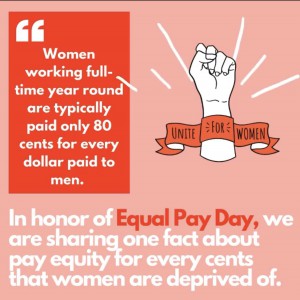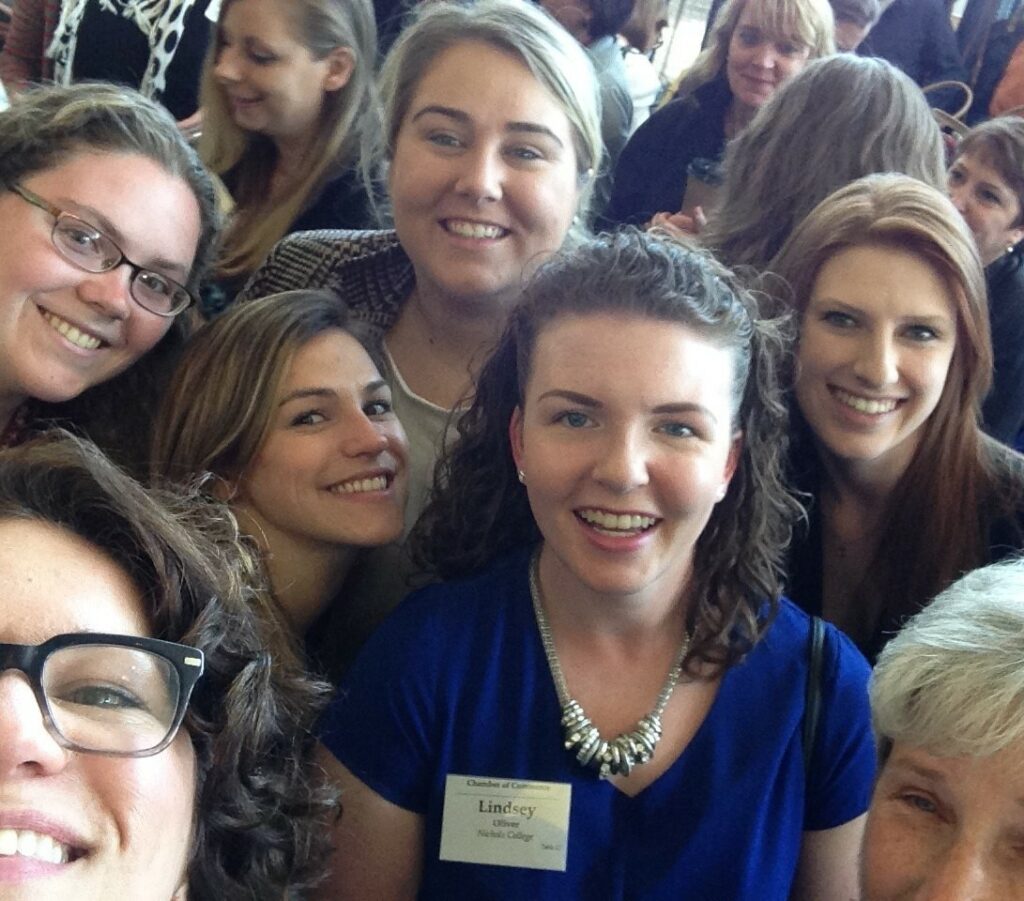March 31st, 2020 is National Equal Pay Day. It marks the day up until which women would have to work to earn what a white man did in 2019. Although women are almost half of the workforce, the pay gap currently sits at roughly 80%, meaning that women are earning 80cents to the dollar compared to men. This gap ranges based on many factors including race, education, parenthood, and industry. Fifteen years ago the wage gap was just 49 percent. It is certainly closing, but there is still significant change needed. To raise awareness about how significant the pay gap still is, we ran a social media project where we shared 20 facts about the wage gap in honor of the 20 cents that women are still deprived of.

The facts shared on our social media are below:
- In 2018, the state with the largest gender pay gap was Louisiana, which had a pay ratio of 70%.
- In 2018, the state with the smallest gender pay gap was California, which had a pay ratio of 88%.
- The gender pay gap is the result of many situational factors, including race and ethnicity.
- Asian women experience the smallest gender pay gap, with a pay ratio of 90% compared to a white man’s earnings.
- Hispanic women face the largest gender pay gap with a pay ratio of just 54 cents to every dollar earned by a white man.
- The pay gap ratio breakdown for all other races/ethnicities is:
- White women- 79%
- Black Women- 62%
- Native Hawaiian or Other Pacific Islander Women- 61%
- American Indian or Alaska Native Women- 57%
- At the current rate of change, women will not reach pay parity until 2059.
- This rate of change is even slower for women of color. Black women will not see parity until 2130 and Hispanic women will not see parity until 2224.
- The gender pay gap occurs across almost all occupations and industries.
- Male dominated industries tend to have higher wages than industries and occupations that are mostly made of female workers.
- There are more than 5x as many women as men working in occupations with poverty-level wages.
- The largest pay gap ratio occurs in legal occupations, in which men earn an average of $126, 800 to a woman’s $69,361.
- Few occupational fields have a pay gap that favors women, including receptionist and office clerk positions and food preparation services.
- Wage gaps tend to be greater for those with more advanced degrees. Women with MBAs face the largest uncontrolled pay gaps.
- By late career, 8% of men rise to executive level positions, compared to 3% of women. This is called the opportunity gap.
- Mothers working full time are paid 71% as much as fathers. This is known as the “motherhood penalty.”
- The motherhood penalty often increasers per child.
- Fathers, in contrast, often receive higher wages after having a child. This is known as the “fatherhood bonus.”
- Women who learn to negotiate their salaries can earn thousands in wages that they would have missed out, closing the gap for themselves.
- Closing the wage gap is not just a women’s issue. It takes all genders to promote equal pay for equal work.

